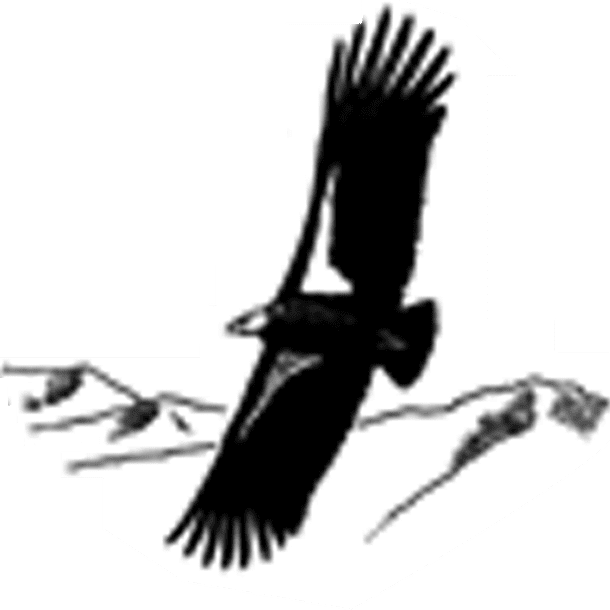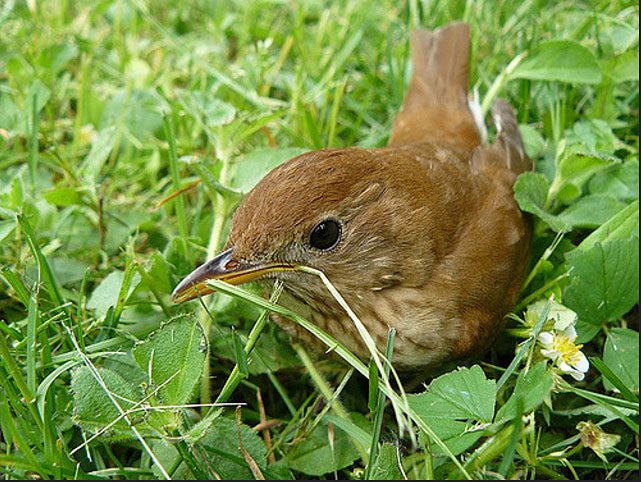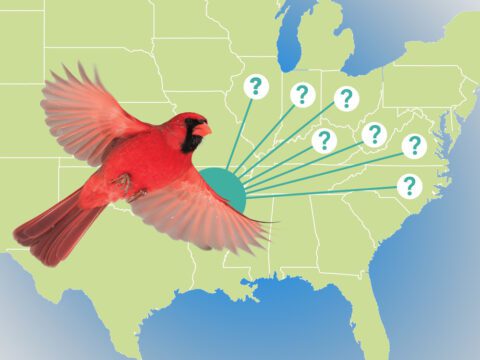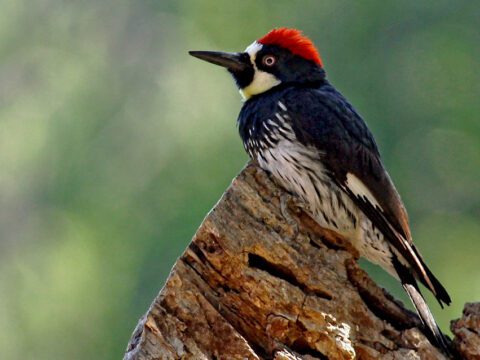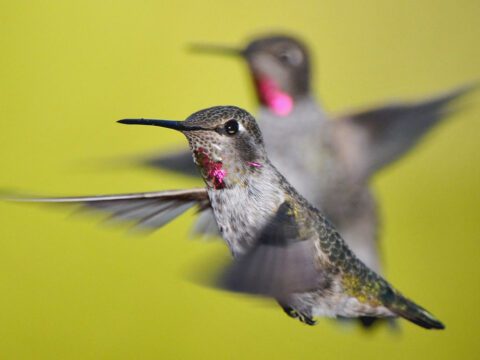If You Have a Wildlife-Friendly Yard, Watch Out for Window Collisions
August 2, 2016Editor’s note: The following research summary describes a new article in The Condor, the journal of the Cooper Ornithological Society, and was provided by the Central Ornithology Publication Office.
Hundreds of millions of birds are killed in collisions with windows each year in the U.S. alone, and although high-rise buildings tend to be the biggest individual culprits, the vast number of suburban homes across the continent means that even a few deaths per house add up fast. A new study in The Condor: Ornithological Applications examines the factors that affect window collision rates at homes and shows that yards that are more attractive to birds are also the sites of more collisions.
Working with Alberta homeowners who collectively contributed more than 34,000 days of collision data, Justine Kummer of the University of Alberta and her colleagues found that the presence of a bird feeder, whether a house was in an urban or rural area, and the height of the vegetation in the yard were the most important predictors of collisions. Of Alberta’s 421 bird species, 53 were represented in the data, mostly common urban species.
“Although each typical residential dwelling only causes one or a few bird–window collisions per year, the enormous number of these buildings means we are killing far more birds in our collective backyards than are dying at large office buildings and skyscrapers,” according to Scott Loss of Oklahoma State University, lead author of a landmark 2014 review on the subject. “Kummer et al. provide an excellent example of how the power of citizen scientists can be harnessed to address this major conservation issue.”
The data was collected through a citizen-science project launched in 2013 that recruited homeowners in Alberta to walk the perimeters of their houses daily and report evidence of bird–window collisions. “Conducting a citizen-science project had a number of challenges,” says Kummer. “Unlike some other projects, I didn’t spend my time collecting data; I spent it trying to recruit homeowners and educate the public about the issue.”
Most homeowners would not want to remove their feeders and wildlife-friendly vegetation. Instead, the authors suggest that mitigation efforts should focus on evaluating the effectiveness of products such as tape and film that can be applied to window panes to prevent collisions. “As homeowners don’t want to reduce the number of bird in their yards,” says Kummer, “I think the next step will be to determine the best window deterrents they can use at their homes.”
See the following links for more details on advances in window safety and safe feeder placement in your yard.
About the journal: The Condor: Ornithological Applications is a peer-reviewed, international journal of ornithology. It began in 1899 as the journal of the Cooper Ornithological Club, a group of ornithologists in California that became the Cooper Ornithological Society.
Reference
Perkins, M., et al. 2016. Use of citizen science to identify factors affecting bird–window collision risk at houses. The Condor 118: 571-582.

All About Birds
is a free resource
Available for everyone,
funded by donors like you
American Kestrel by Blair Dudeck / Macaulay Library

